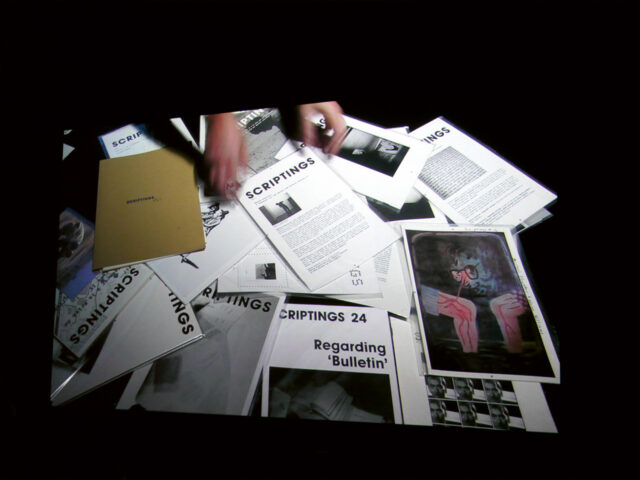
scriptings I, Foto: Scriptings

scriptings II, Foto: Scriptings

scriptings III, Foto: Scriptings

scriptings I, Foto: Scriptings

scriptings II, Foto: Scriptings

scriptings III, Foto: Scriptings